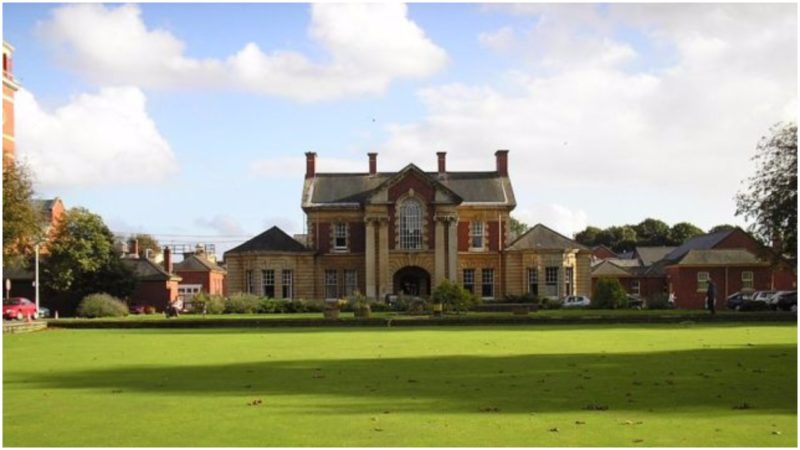Built at a price of 350,000 pounds, this asylum was a masterpiece on its own. Resembling a grand stately home, its lavish exterior doesn’t resemble a hospital at all.
If it was to be built today, it would cost the equivalent of a staggering $50 million (£37.5 million). Located in Whitchurch, a suburb on the north side of Cardiff, Wales, this hospital quickly became famous from the moment it first opened its doors on April 15, 1908.
The main building occupied an area of 5 acres. Given its size, it was designed splendidly and could comfortably accommodate no less than 750 patients, spread across ten wards. They were split equally, 5 wards each for both male and female patients. The site was so large that a total of two miles of corridors connected the different parts.
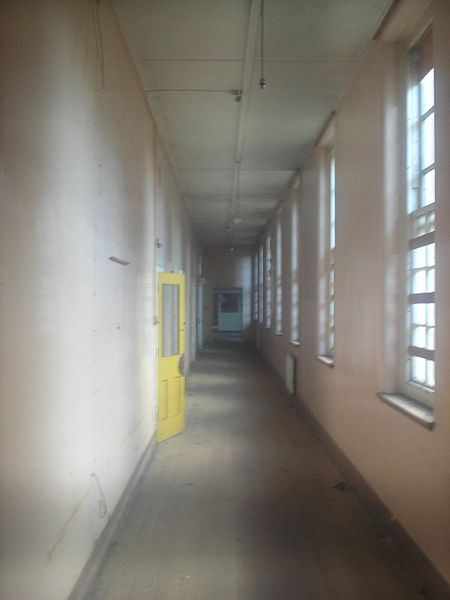
As was common practice in the construction of asylums at the time, possibly to ensure that the inmates were kept well separated from “normal” society, Whitchurch Hospital was built to operate as a self-sufficient community.
For instance, the powerhouse housed two Belliss and Morcom steam powered electric generators and was topped with a 150 feet high water tower, and this provided all the energy needs of the campus. The engines were removed during the 1980s. The water tower was finished with the same extraordinary facade as the rest of the hospital.
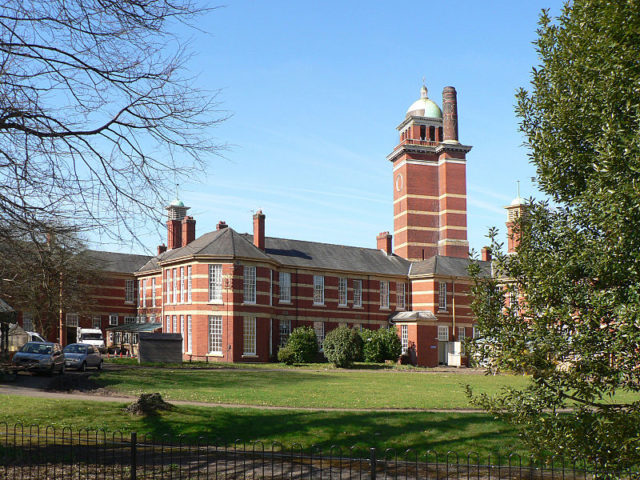
The on-site farmland was worked by the patients themselves. It offered them not only food, but also a form of therapy and quicker recovery by being engaged in something as opposed to being locked in a room.
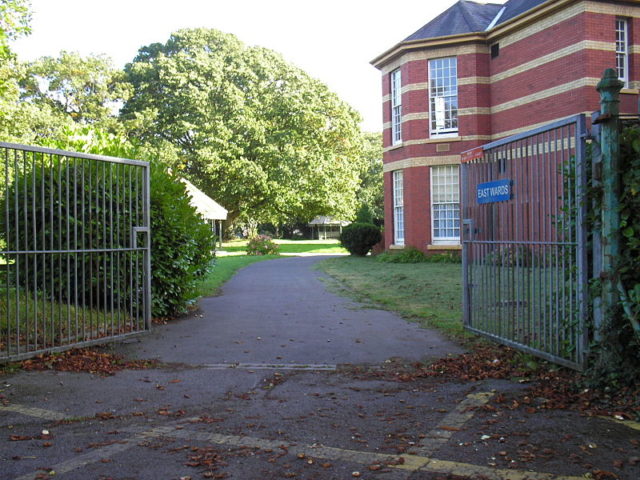
The first superintendent was named Dr Edward Goodhall. His innovative and forward thinking approach is what led this hospital to gain such a great reputation.
Truth be told, the patients were encouraged to take supervised time away from hospital grounds. At the time of the First World War, the asylum was known as the Welsh Metropolitan War Hospital as it was used to treat military casualties.
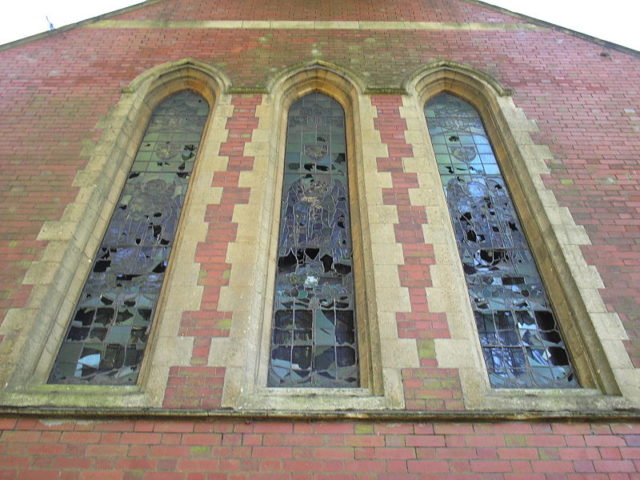
A part of the asylum was once again given over to military use during the Second World War, turning this place into the biggest emergency hospital in the South Wales for the armed forces.
It took care of many wounded soldiers, mainly British and American. German troops were also treated here; just 200 beds were left for civilian use.
This hospital is among the pioneers in the treatment of PTSD – Post-traumatic stress disorder. Those suffering from it are more prone to inflicting self-harm or even suicide. After the war had ended, and the National Health Service became active, the asylum fell under the jurisdiction of the Ministry of Health in 1948.
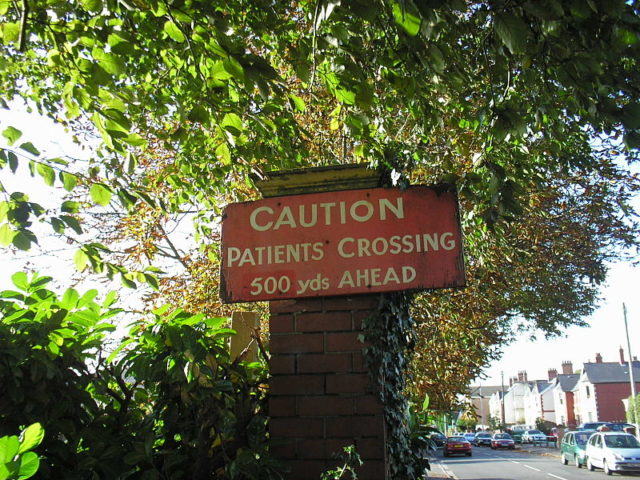
The hospital continued with its usual activities and was used to full capacity up until the 1980s. Following the 1983 “Making a Reality of Community Care” report commissioned by Prime Minister Margaret Thatcher, care in the community became the new direction for treating mentally ill patients in the UK. The subsequent changes in government policy caused a monstrous number of asylums to be closed and forgotten. It was at this point when services at Whitchurch Hospital began to be reduced, and patient care was slowly moved elsewhere.
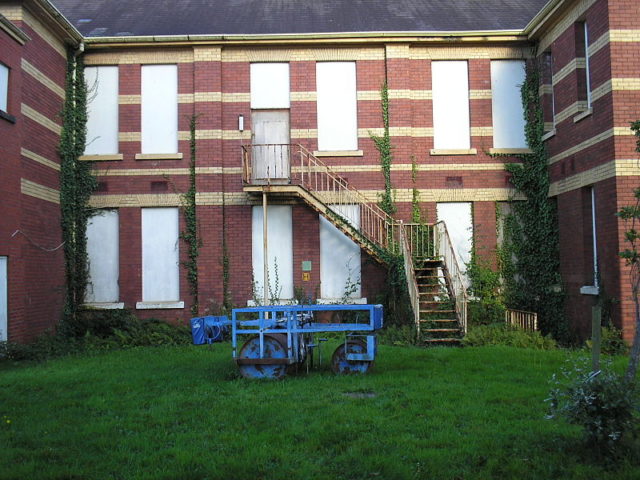
The hospital buildings had gotten old and it was considered to be unfit for the demands of 21st century healthcare. And so, at the start of this century, a series of renovations were done on parts of the hospital and other sections that were beyond repair were built anew.
An Arts Council of Wales production, Momentos of Leaving, was performed there in March of 2016 as a final, fond farewell, and the hospital was finally closed in April 2016. It is awaiting deconstruction, and local authorities have plans for a housing development on the site.
